
Last Sunday we broke down the Diagonal/Baseline Runner set play that was Kentucky’s “go-to” last season. I mentioned that over the course of the season a couple of wrinkles were added to that play, namely a cross screen on the block that generally led to a post entry for Nick Richards.
Instead of just breaking down that one addition, I went ahead and lumped in a few different post entry sets that Coach Calipari would call to get the ball inside. If you follow me on Twitter, you have already seen some video and a lot of praise for Olivier Sarr and I am on the record saying he is one of the most advanced back-to-the-basket big men to play for the ‘Cats in recent memory. So, as I break down a few of these post entry set plays I will also allude to how they can benefit Olivier Sarr next season.
Since Coach Cal doesn’t necessarily like to run a ton of set plays, a lot of times he simply uses spacing the floor as a way to go inside to his big men.
Having good spacing on the perimeter and a big man who is experienced enough at anticipating ball movement can go a long way in having opportunities to throw the ball inside. However, especially early on last season when Kentucky was really struggling from 3-point range, that spacing isn’t always there. That is where some of these next few set plays come in handy.
Cross Screen
[video width="956" height="504" mp4="https://kentuckysportsradio.com/wp-content/uploads/2020/06/Post-Entry-1.mp4"][/video]
The first play we see here is a simple cross screen for Nick Richards. As the ball is swung from Tyrese Maxey on the right-wing to Ashton Hagans at the top of the key, Maxey will start to run the baseline and receives a little backscreen from E.J. Montgomery, who pops out for a catch on the wing. As I mentioned above, the spacing here is key, so it is important that Montgomery comes out high enough on the wing to hopefully draw his defender out a couple of extra steps. Then, Maxey will set a cross screen for Nick Richards to come over to the ball side block. In this clip, Maxey sets a pretty darn good screen which forces his defender to stay and help on Nick Richards coming off the cross screen.
Due to the size disadvantage LSU had inside, they immediately doubled the post off of Ashton Hagans and they do a good job of stunting at him on the perimeter when the ball is kicked out as well. Also, since Montgomery is the one feeding the post, his defender is able to help more as well, making it tough for Richards to operate inside. Still, if Hagans were a better 3-point shooter this most likely would have been an assist for Richards and three points for the ‘Cats.
In terms of how this translates to Olivier Sarr, it is tough to imagine him really scoring here just because of the way LSU is doubling the post. However, I do think he would have a better chance. After watching multiple games of his from last season, he is very, very good at initiating contact in the post. Meaning, when his defender is fighting through a screen, Sarr finds his body and puts his butt back into him to clear out space as close to the rim as possible. You can actually tell by Nick Richards' body that what I am talking about is something Kenny Payne teaches his post guys. As he comes off the cross screen, NR4 sweeps his right leg around and tries to set up camp right on the block. However, he never finds the body of his defender which means he ends up catching the ball a couple of steps off the block. Even that small of space makes the double-team easier and eliminates any chance for a quick post move that leads to a bucket. I think that awareness and physicality is something that Olivier Sarr will bring next season.
Cross Screen-Counter
[video width="954" height="498" mp4="https://kentuckysportsradio.com/wp-content/uploads/2020/06/Post-Entry-2.mp4"][/video]
Kentucky also utilized a counter to the cross screen play to go inside. The ball moves to the top of the key just like the first play, and Maxey receives the little backscreen from E.J. Montgomery, but instead of hitting Montgomery, the ball is reversed to the left-wing. Maxey and Richards act like they are setting up the cross screen, but Richards just posts up on the ball side and gets a deeper post catch because his defender is anticipating the cross screen. These plays were run on back-to-back possessions to start the game at LSU. Once again, the Tigers immediately double the post off of Ashton Hagans and rotate off of Tyrese Maxey, leaving him wide open for a 3-pointer that he misses. While neither of these first two set plays led to Nick Richards scoring in the post, or even points in general, they both made the defense scramble and generated good shots for the offense.
High-Low
[video width="958" height="500" mp4="https://kentuckysportsradio.com/wp-content/uploads/2020/06/High-Low-to-Richards.mp4"][/video]
This is another popular play that was used a lot in the second half of the season, as Immanuel Quickley and Nick Richards both turned into SEC Player of the Year type performers with this high-low action. The play begins with Richards acting like he is running into a high ball screen but he stops and turns in between the free-throw line and the top of the key. Then, he will try and set a little down screen for Quickley who pops to the top of the key. Quickley will obviously see if he has a shot first, but then is immediately looking for Richards posting at the front of the rim for a high-low opportunity.
As has been the theme with these post-touch opportunities, the spacing here is the key. You can see Nate Sestina and Johnny Juzang in each corner (though Juzang is not deep enough in the corner, a common mistake for younger players) and with Quickley coming off the down screen to the top of the key, there isn’t anyone left to help in the post without leaving their man. Of course, LSU does just that by completely leaving Sestina in the left corner. If Nick Richards hadn’t made a quick move for a left-handed hook shot he would have been able to kick out for an easy Nate Sestina 3-pointer.
This is the best example of Richards giving a good, hard duck-in to his defender. He gets a wide base, throws his foot out to clear some extra space, and makes a quick move while keeping his feet apart to maintain balance as he goes up for a tough left hand, over the right shoulder, hook shot. This isn't a shot he showcased much last season, but it is one that Olivier Sarr is very comfortable with. I think this type of action will be very rewarding for Kentucky next season with Sarr (hopefully) getting a lot of minutes at the "5."
I generally try to stay away from comments like this, but Olivier Sarr is simply better in the post than Nick Richards was. Despite one of the above highlights featuring a left-handed hook shot, Richards rarely showcased the ability to finish with his left hand over his right shoulder, something that Sarr is very good at. Now, Richards is a better mid-range shooter (though Sarr can also knock them down), was a better free-throw shooter, and was a better defender as well. However, when looking at the ways Kentucky has gotten the ball inside recently, throwing it inside to Sarr will be unlike anything we’ve seen in Lexington in several years.
It will be a huge luxury to have the option to throw the ball into the post late in the shot clock instead of always having to rely on the guards to make a play as we have seen in recent seasons. I will have a more in-depth breakdown of Olivier Sarr in the next couple of weeks, so I will save further comments for that piece, but I am very, very high on his ability to score a lot of points for the ‘Cats next season.
To bring all of this to a close, these post entry plays are another example of Coach Calipari doing a lot more than simply “rolling the balls out.” Even when the ball enters the post without a set play, it is his principles and teachings of correct spacing that allow for those opportunities to be there. I expect that next season, given Olivier Sarr being eligible, we will see Coach Cal really open up his playbook when it comes to getting the ball inside. Especially if some of the perimeter shooting ability lives up to the hype we could see a lot of diagonal screens/down screens and cross screen/down screen actions, along with more ball screen/roll & replace sets. I know I am excited to see what all John Calipari has up his sleeve.
@BRamseyKSR Last Sunday we broke down the Diagonal/Baseline Runner set play that was Kentucky’s “go-to” last season. I mentioned that over the course of the season a couple of wrinkles were added to that play, namely a cross screen on the block that generally led to a post entry for Nick Richards. Instead of just breaking down that one addition, I went ahead and lumped in a few different post entry sets that Coach Calipari would call to get the ball inside. If you follow me on Twitter, you have already seen some video and a lot of praise for Olivier Sarr and I am on the record saying he is one of the most advanced back-to-the-basket big men to play for the ‘Cats in recent memory. So, as I break down a few of these post entry set plays I will also allude to how they can benefit Olivier Sarr next season.
Since Coach Cal doesn’t necessarily like to run a ton of set plays, a lot of times he simply uses spacing the floor as a way to go inside to his big men. Having good spacing on the perimeter and a big man who is experienced enough at anticipating ball movement can go a long way in having opportunities to throw the ball inside. However, especially early on last season when Kentucky was really struggling from 3-point range, that spacing isn’t always there. That is where some of these next few set plays come in handy.
Last Sunday we broke down the Diagonal/Baseline Runner set play that was Kentucky’s “go-to” last season. I mentioned that over the course of the season a couple of wrinkles were added to that play, namely a cross screen on the block that generally led to a post entry for Nick Richards. Instead of just breaking down that one addition, I went ahead and lumped in a few different post entry sets that Coach Calipari would call to get the ball inside. If you follow me on Twitter, you have already seen some video and a lot of praise for Olivier Sarr and I am on the record saying he is one of the most advanced back-to-the-basket big men to play for the ‘Cats in recent memory. So, as I break down a few of these post entry set plays I will also allude to how they can benefit Olivier Sarr next season.
Since Coach Cal doesn’t necessarily like to run a ton of set plays, a lot of times he simply uses spacing the floor as a way to go inside to his big men. Having good spacing on the perimeter and a big man who is experienced enough at anticipating ball movement can go a long way in having opportunities to throw the ball inside. However, especially early on last season when Kentucky was really struggling from 3-point range, that spacing isn’t always there. That is where some of these next few set plays come in handy.

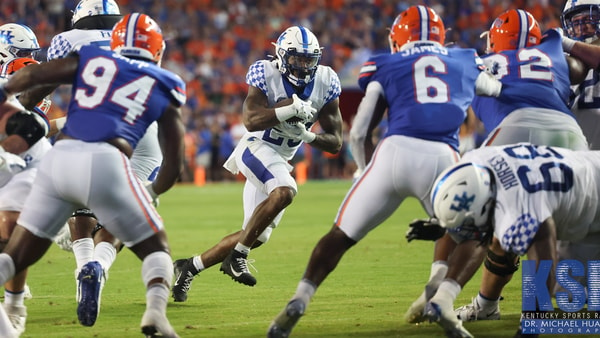

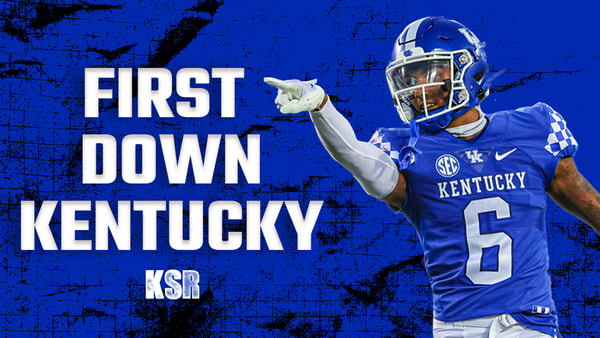
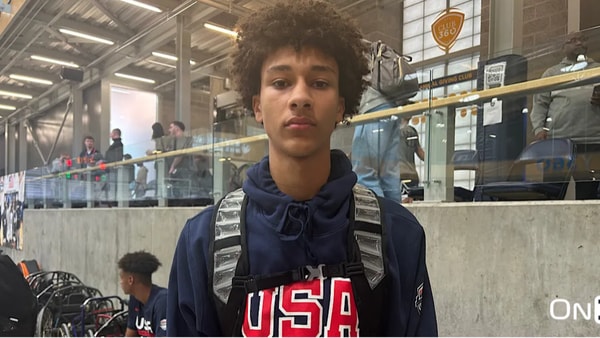
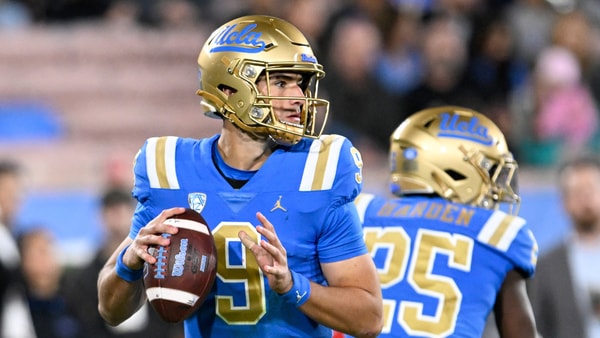
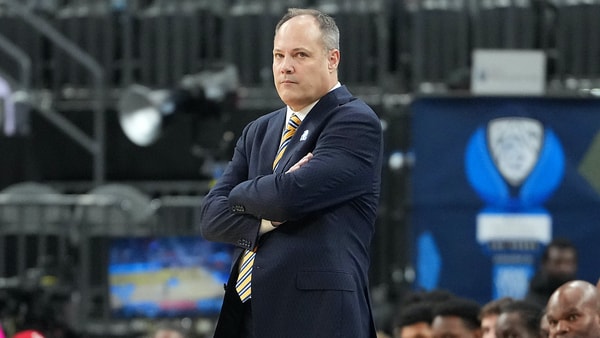
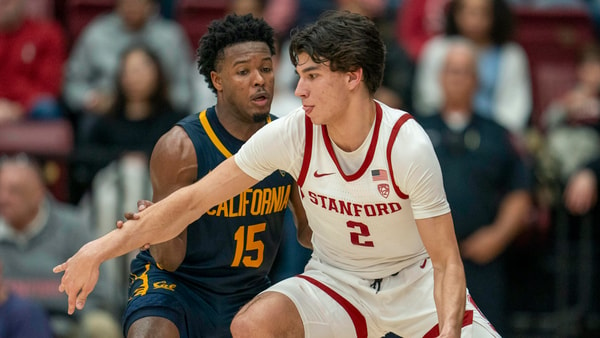
Discuss This Article
Comments have moved.
Join the conversation and talk about this article and all things Kentucky Sports in the new KSR Message Board.
KSBoard